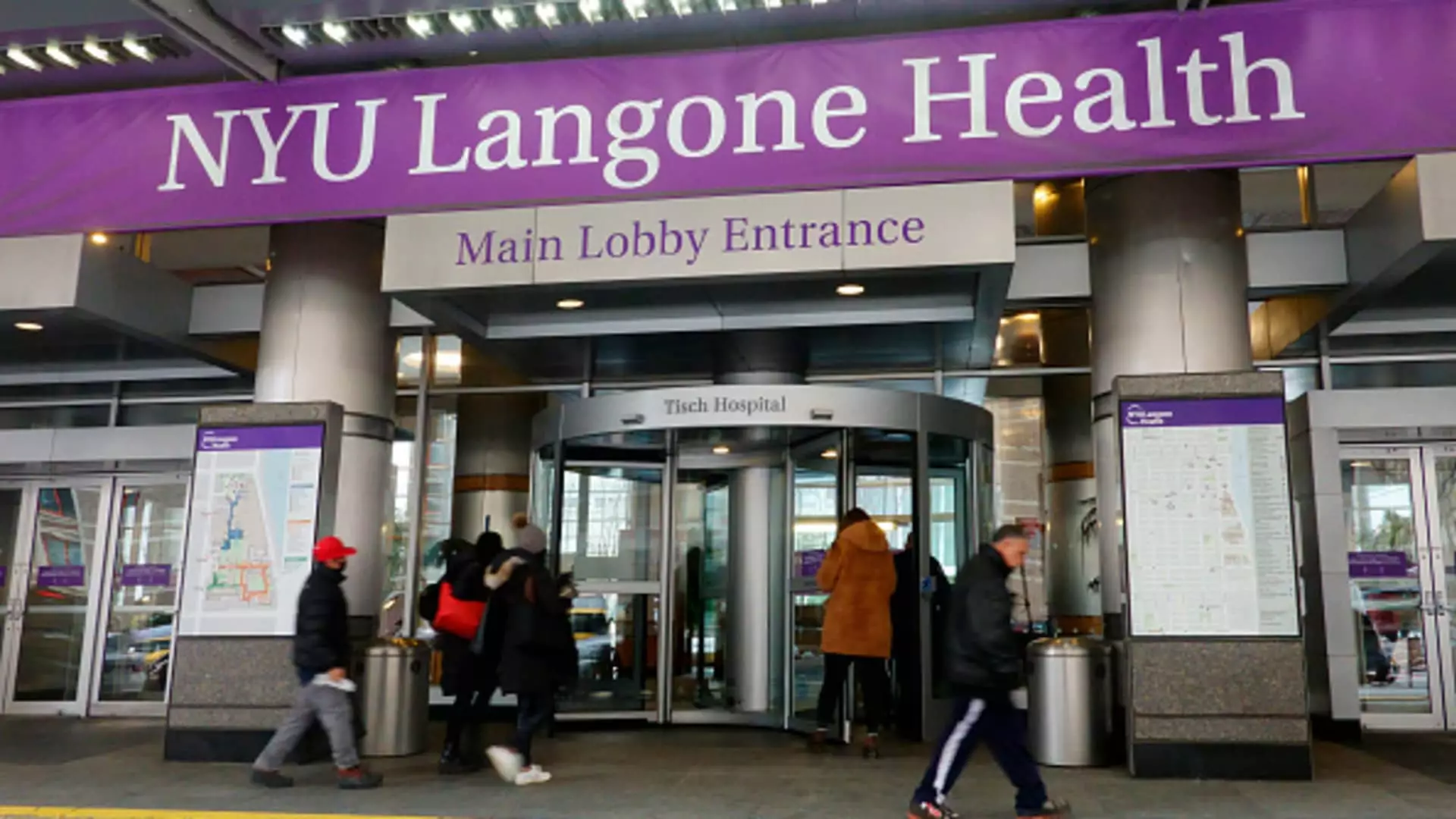When New York University’s Grossman School of Medicine boldly declared in 2018 that it would provide full-tuition scholarships to all its students, it was hailed as a groundbreaking move intended to eliminate the immense financial burden typically associated with medical education. The initiative was framed as a revolutionary means to foster a diverse cohort of future doctors, allowing them to focus on their passions without the looming threat of crushing student debt. However, did this well-intentioned initiative actually create an even wider chasm of inequality in higher education?
The short answer is yes. Following the tuition-free policy’s introduction, the percentage of incoming students documented as “financially disadvantaged” plummeted from 12% in 2017 to a mere 3% in 2019. This startling statistic demonstrates that despite the façade of offering equal opportunity, the program disproportionately attracted middle- and upper-income students who have better access to resources like tutors and extracurricular programs—essential components of the competitive admissions landscape. Rather than leveling the playing field, the policy inadvertently favored those who could afford a winning application strategy.
Unintended Consequences of Generosity
Jamie Beaton, co-founder of Crimson Education, aptly summarized the paradox that often accompanies good-intentioned policies: “Tuition-free colleges experience surges in application numbers, dramatically boosting the competitive intensity of the admissions process.” This predicament scrutinizes the very notion of meritocracy. The implication here is stark: rather than alleviating the financial challenges faced by low-income students, the increasing competition only highlights their marginalization in the selective admissions process.
Arielle Sklar, a spokesperson for NYU Grossman, echoed the vision behind their bold step, claiming it aimed to liberate students from the financial constraints that could restrict their career aspirations. But can we realistically overlook the glaring statistics that suggest a retreat from inclusivity? More than simply reducing student debt, a true commitment to equity would require a reevaluation of how admissions criteria are developed, ensuring that underrepresented groups are truly represented in the applicant pool.
The Higher Education Race
As other prestigious institutions began to adopt similar tuition-free or no-loan programs—Harvard being the latest to announce its plans for the 2025-26 academic year—the conversation around college affordability has taken on a surreal quality. Many would assume these moves represent a paradigm shift towards a fairer system, but they are now engaged in what has been termed an “affordability arms race.” In reality, these schools must balance the demands of various economic strata within the academic population, often sacrificing the very students they claim to support.
Christopher Rim, CEO of Command Education, articulates a tragic truth: “Even though it sounds like lower-income students are going to be advantaged, it’s the middle class that’s going to win here.” Colleges are not only looking to stock their rosters with talent; they also need financially stable students, because let’s be honest—those are the ones who will contribute to alumni donations that sustain these institutions. In our quest for diversity, are we just rearranging the deck chairs on the Titanic?
Rising Costs and the Burden on Families
The cost of education continues to spiral astronomically, a fact that cannot be dismissed. The annual rise of around 5.6% in college tuition has far outpaced inflation and other household expenses, signaling a continuous tightening of belts for families wishing to invest in their children’s education. This compounding concern presents a bleak outlook for lower-income households, who often already struggle to afford the current price tags. As these expenses increase, the financial divide only deepens, reinforcing the very socioeconomic barriers that systems like NYU’s are purportedly designed to dismantle.
Not all schools have the financial resources to follow in the footsteps of elite institutions, placing them in a bind. Robert Franek of The Princeton Review highlighted that over 95% of four-year colleges in the U.S. operate on a tuition-driven model. This reliance constricts their ability to offer meaningful financial aid solutions and positions them as bystanders in a fiercely competitive and inequitable environment.
Rethinking College Financial Aid
The quintessential question arises: is it enough to simply lower the financial burden on higher-income students? By pushing for policies that ease the tuition strain while inadvertently sidelining lower-income applicants, an atmosphere of inequity is fostered where middle-class students walk away as the undeserved beneficiaries. What we need is a concerted effort to revamp not just tuition structures, but the entire framework for financial aid—focusing on accessibility that goes well beyond the parametric restrictions of merit and need.
Institutions must truly commit to changing the narrative surrounding higher learning—not just as a financial investment but as a communal responsibility. If we aspire to create a higher education system that genuinely reflects the diversity of talents and backgrounds our society needs, it will require more than mere tuition-free rhetoric; it demands a complete structural overhaul.

